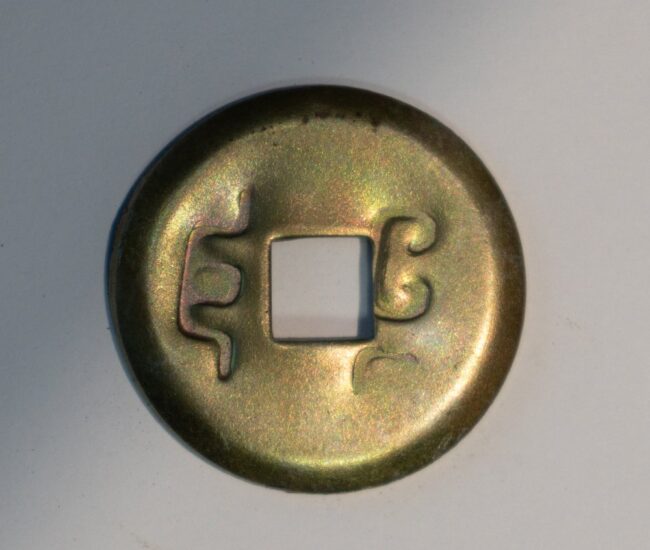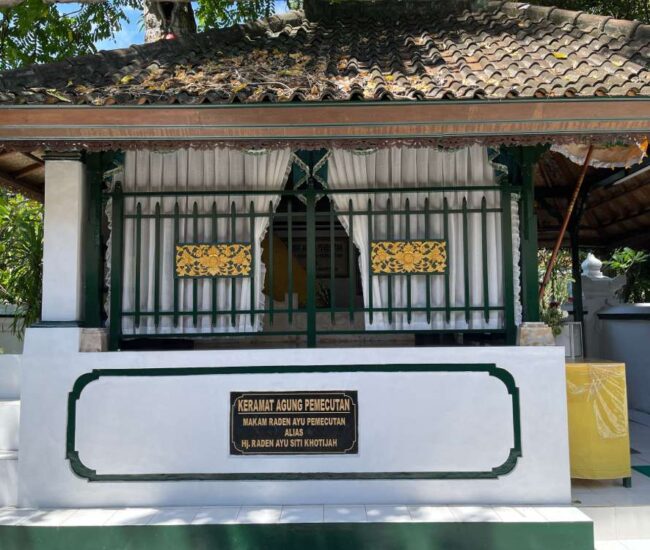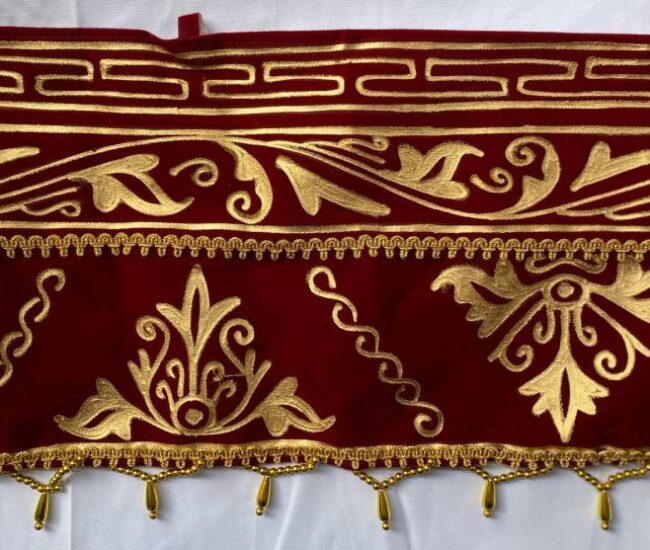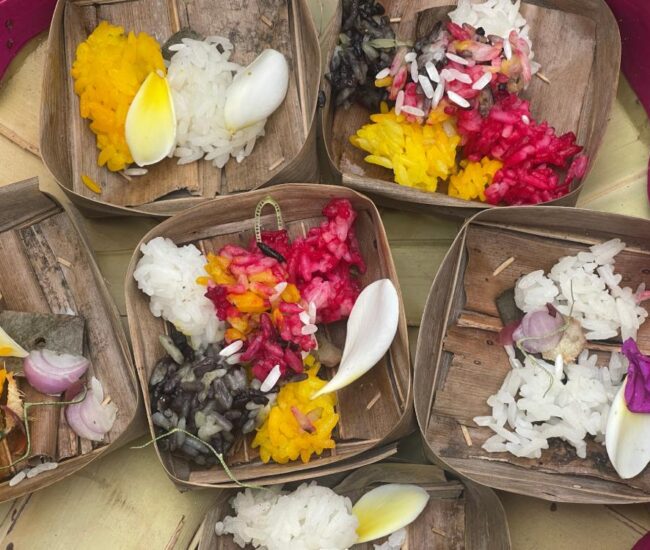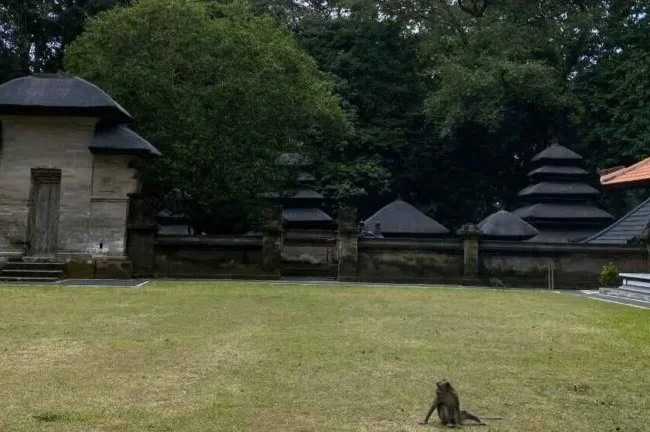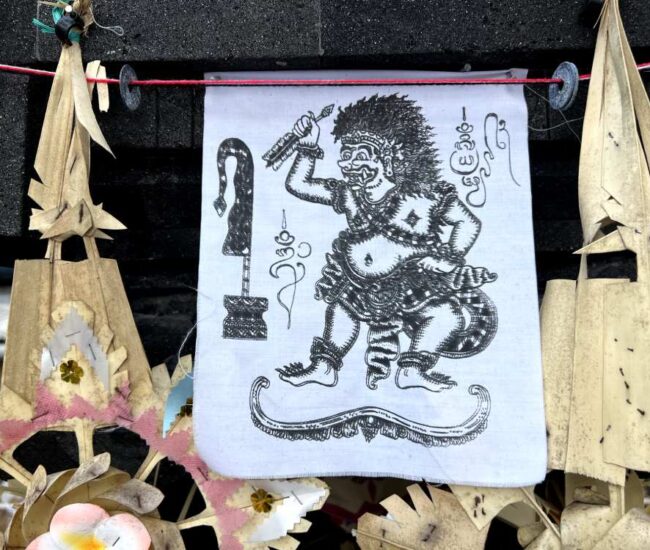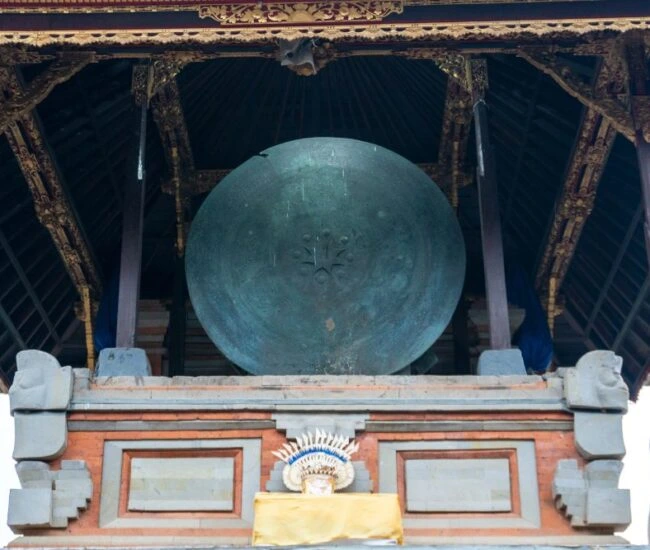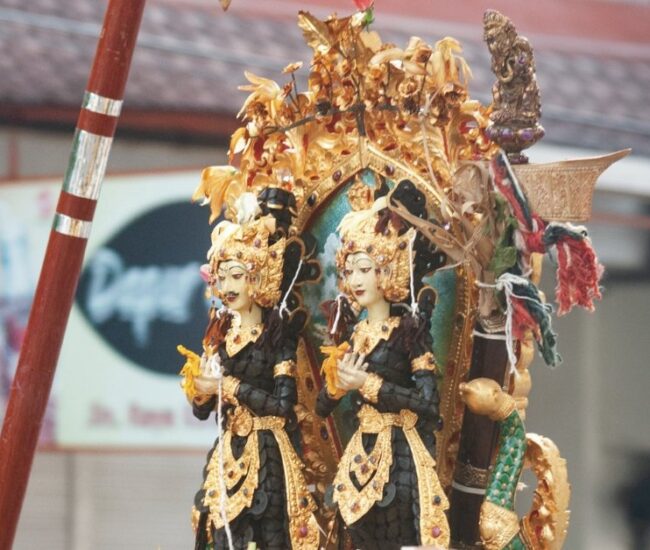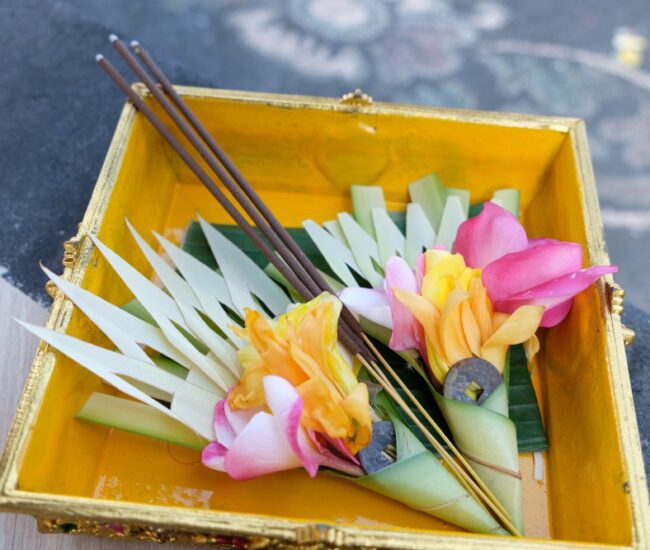
Bungkak Nyuh Gading: A Vessel of Purity in Balinese Rituals
Coconuts are ubiquitous across Bali, not just as part of the island’s landscapes, but also in everyday life. Known as the ‘Fruit of Life’, the coconut is cherished for its nourishment and versatility, enjoyed as a drink, or shredded and milked into local dishes; but the coconut also plays an important role in Balinese ceremonies.
Pura Pegulingan: Traces of Buddhism in Balinese History
Although the majority of Balinese today practice Hinduism, Bali was once a significant centre where both Hinduism and Buddhism flourished. This shared history is evident in many temples across the island that exhibit Buddhist influences. One such temple, located in Tampaksiring, represents a unique fusion of Hindu and Buddhist beliefs, a convergence that dates back
Pis Bolong: Cultural Ties Between China and Bali
Bali’s relationship with China goes way back; they share long-standing historical ties, which are evident in Bali’s cultural and religious practices. One such example is the use of pis bolong, also known as uang kepeng (flat coins), which are ancient Chinese coins used as a vital component in Balinese ceremonial offerings. These coins have a unique
The Sacred Grave of Raden Ayu Siti Khotijah
When we speak of Balinese royalty, we would normally associate this with the Hinduism and indeed the puri temples we are accustom to here. However, in Denpasar, there is proof of a princess that married into the Madura kingdom and converted to Islam. Sadly, her faith led to tragedy following a grave misunderstanding upon her
Kain Prada: The Golden Cloth of Bali’s Nobles of the Past
Bali has quite a lot of renowned fabric — songket, endek, and kain poleng to name a few, with each carrying its own unique history, use, and meaning. There is one particular fabric considered one of the most highly regarded among Balinese nobles of the past. It is kain prada, cherished for the use of real
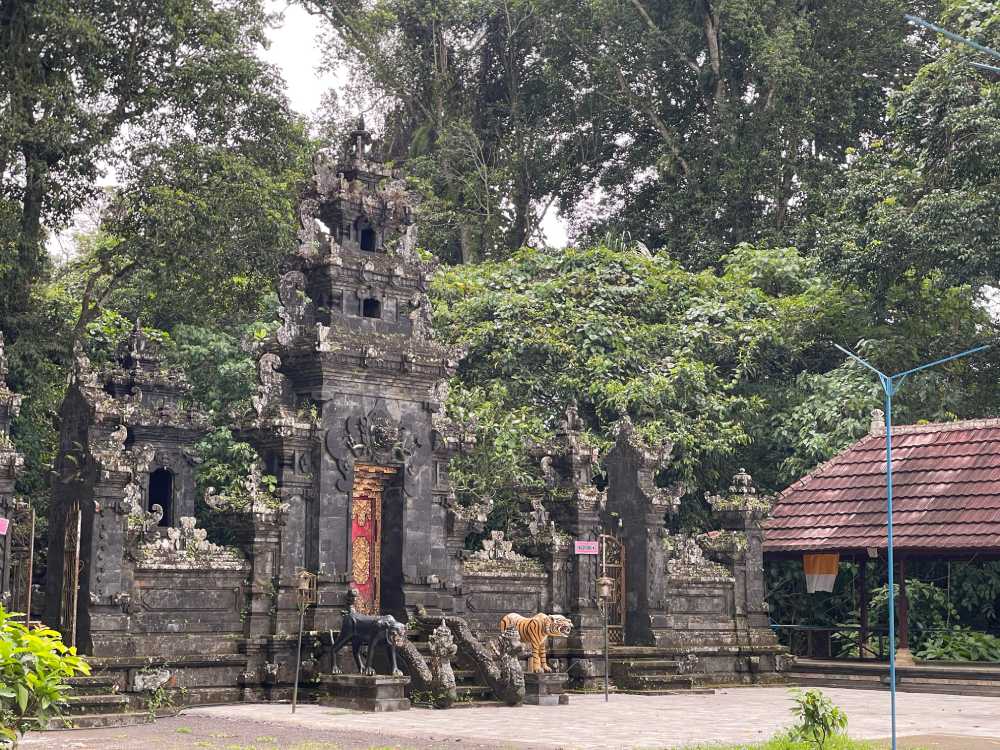
Pura Luhur Mekori and the Battle of the Two Dragons
Naga, or dragon, is a renowned mythical creature and found in lore across the world. It also plays a significant role in many of Bali’s renowned myths and legends—one of which is Naga Besuki in the legends of Pura Besakih. However, there is one temple in Belimbing Village that has its history intertwined with not
Segehan: Offerings for the Bhuta Kala
The Balinese people, most of whom follow the Hindu religion, are never separated from yadnya ceremonies in their daily lives, which occur continuously for various purposes and functions. Each yadnya requires a specific banten or offering, and one of the simplest and smallest offerings—contrary to the misconception that Balinese ceremonies involve excessive use of materials—is segehan, which
Pura Alas Kedaton: The Temple Without Incense
Dupa or incense, is ubiquitous across the island, found wafting in every temple in Bali. That is, except for one. This is Pura Dalem Kahyangan Kedaton, also known as Pura Alas Kedaton, founded in the depths of a monkey-populated forest. According to an inscription in Sading Village, Mengwi, Badung Regency, the temple was built by
Ulap-Ulap: The Protector of Balinese Buildings
Found hanging at the front of almost every Balinese building is a rerajahan (a form of religious art) known as an ulap-ulap. These ink drawings on white cloth serve to ward off misfortune from Balinese buildings. Ulap-ulap derives from the word ‘ulap’, meaning to wave or beckon. This refers to calling a particular positive force from
Pura Penataran Sasih and The Moon of Pejeng
Found along the roadside in the village of Pejeng is said to be one of the oldest temples in Bali. It is home to a relic from the Bronze Age, a bronze drum, believed to have illuminated the village of Pejeng in ancient times. This is Pura Penataran Sasih, which was founded in 1266 AD
Pratima and Pralingga: Effigies of the Gods
Every year, the island of Bali comes alive with a profound and deeply spiritual tradition known as melasti. It is a ritual of purification, during which worshippers travel to the beach in procession. Carried upon their heads are special objects, often wrapped in sacred textiles. These are the pratima and pralingga, effigies symbolising gods and
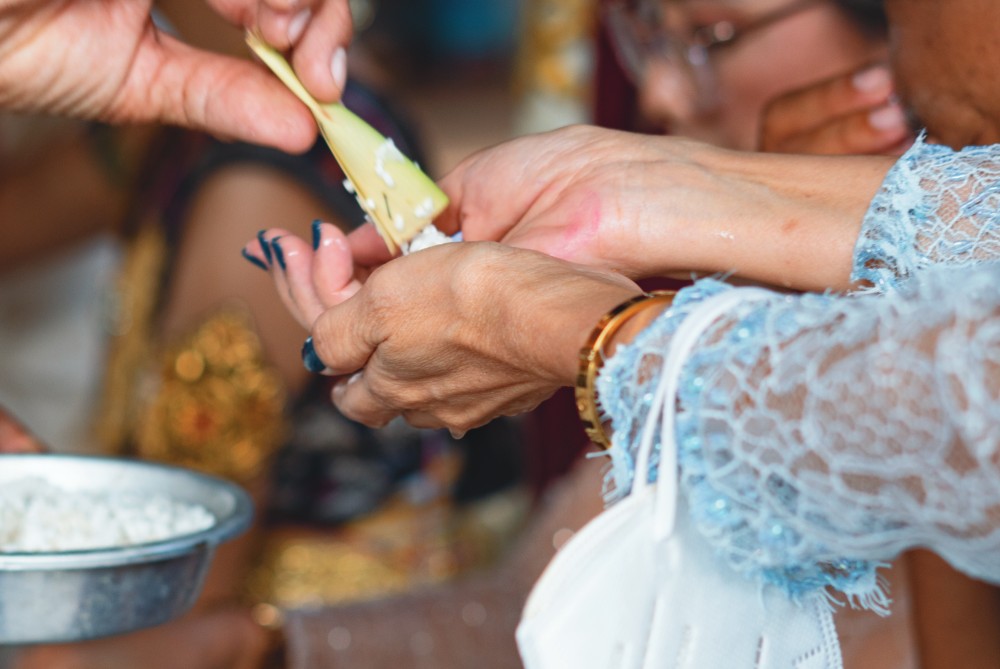
Bija: Blessed Grains of Rice
Upon leaving the temple, grains of rice are often seen stuck to the forehead and necks of worshippers, both on women and men. This particular rice is called bija, and signifies being in a state of holiness. During worship ceremonies, Balinese Hindus not only receive tirta (holy water, referred to as nunas tirta), but also bija (referred
Kwangen: Bali’s Fragrant Offering
Balinese people are known for their meticulous attention to detail in their worship practices. There is a ceremony for so many aspects of life in Bali, and each ceremony will have very specific requirements. This is particularly true when it comes to certain rites and offerings, all must be executed with precision, all items present!


